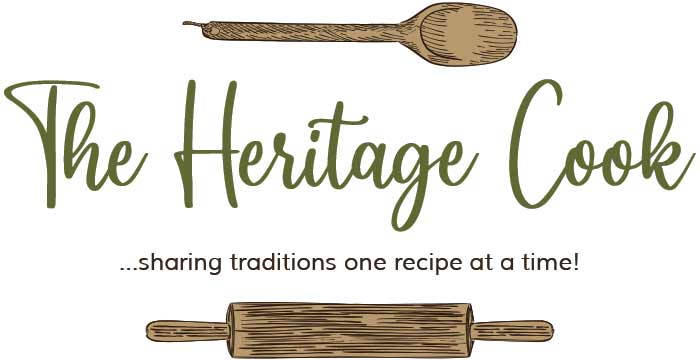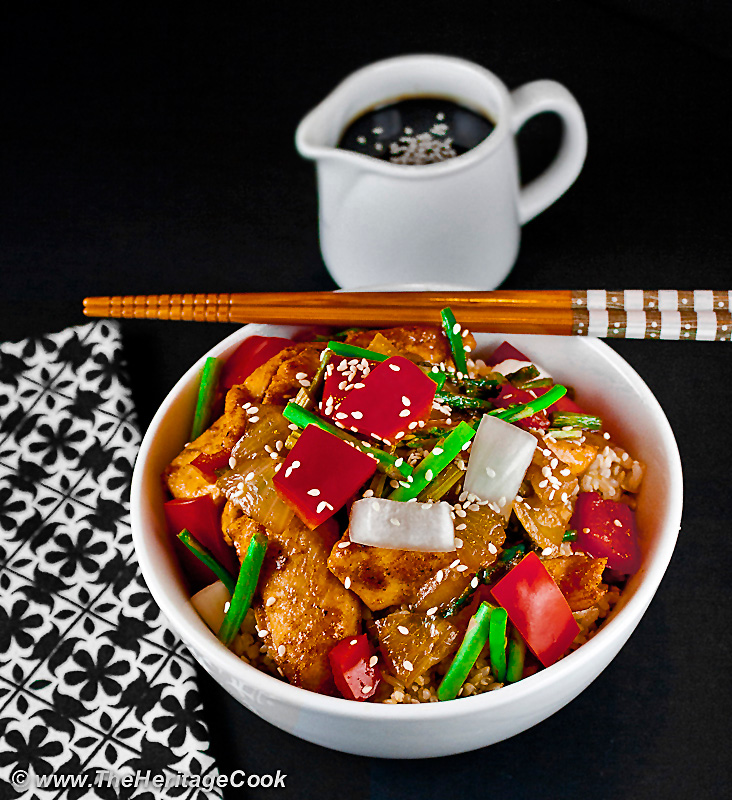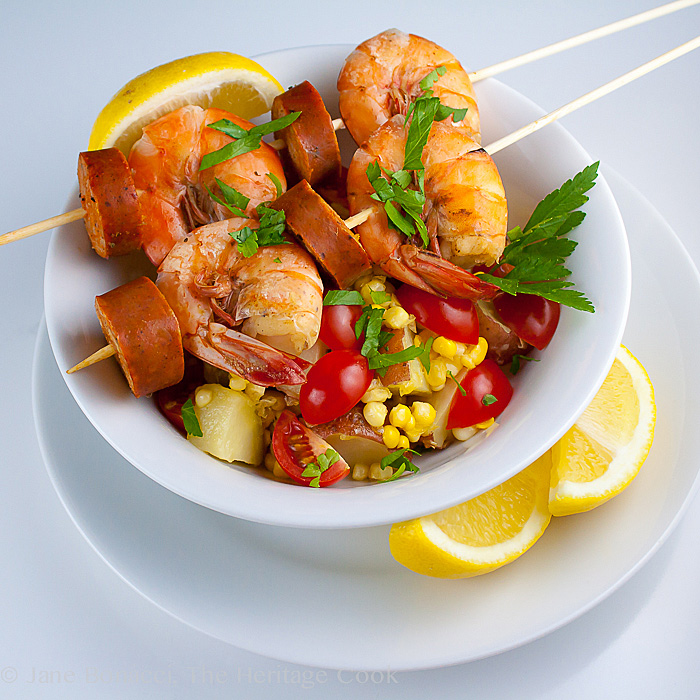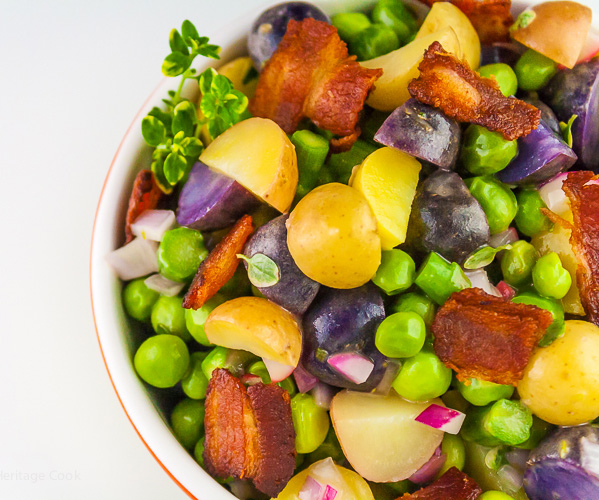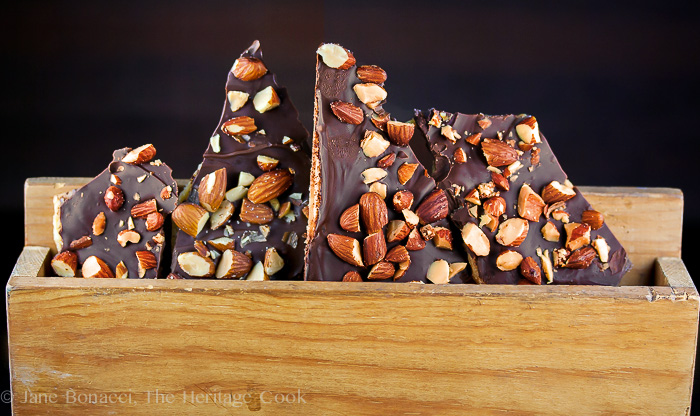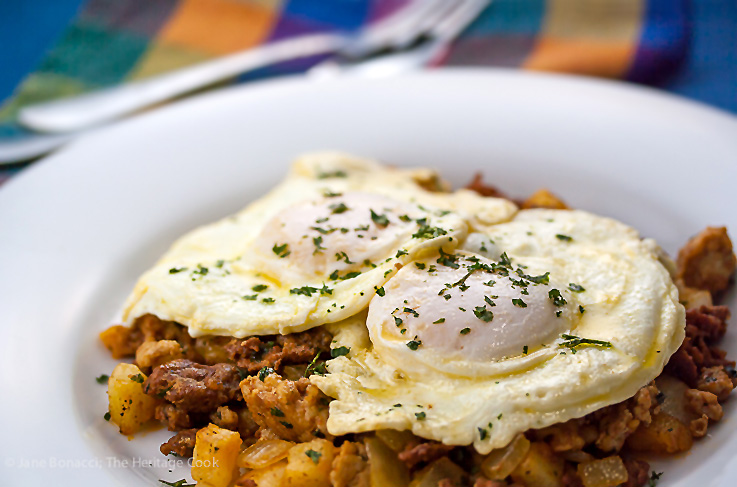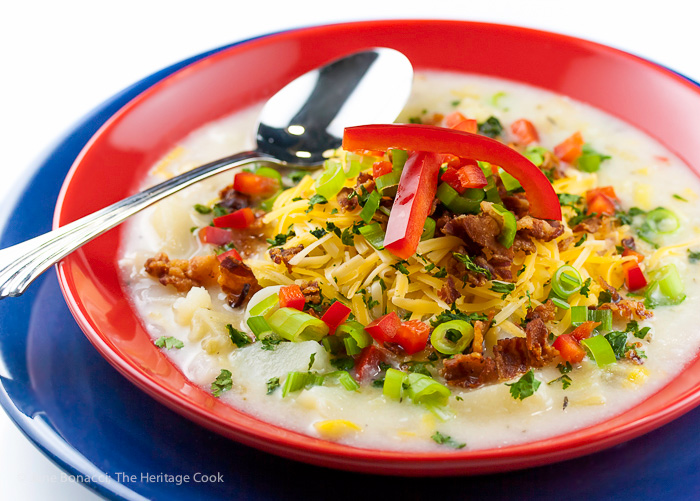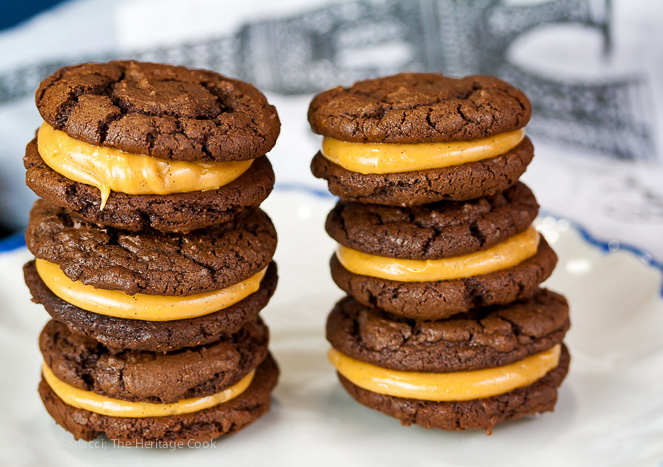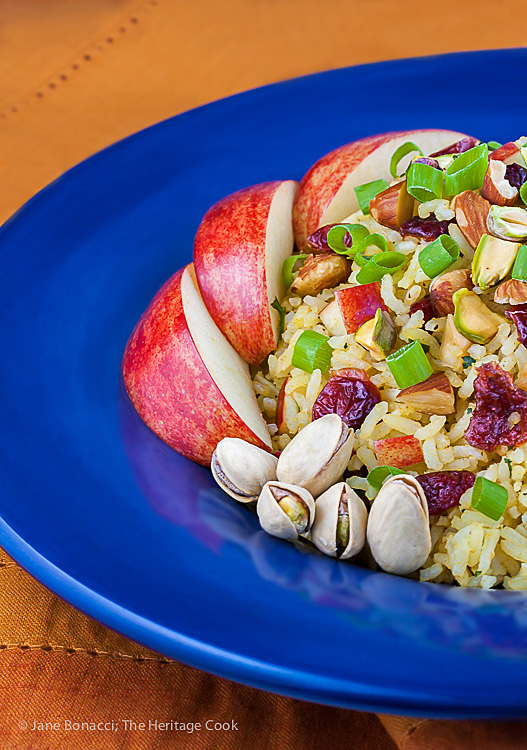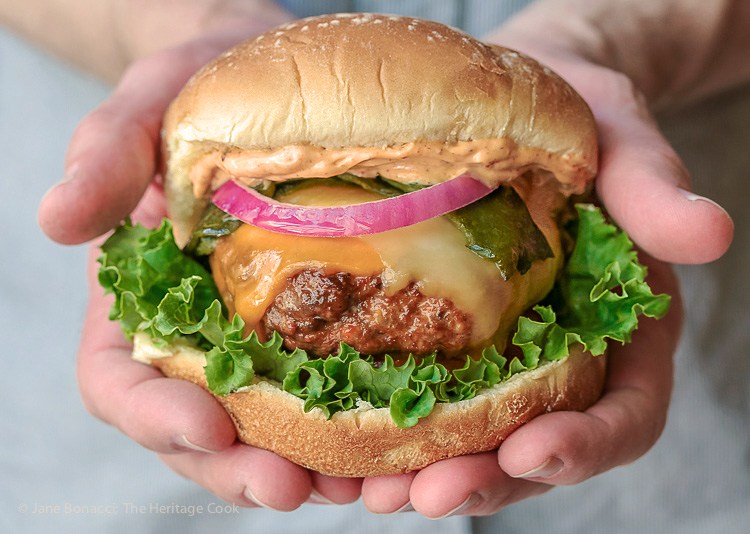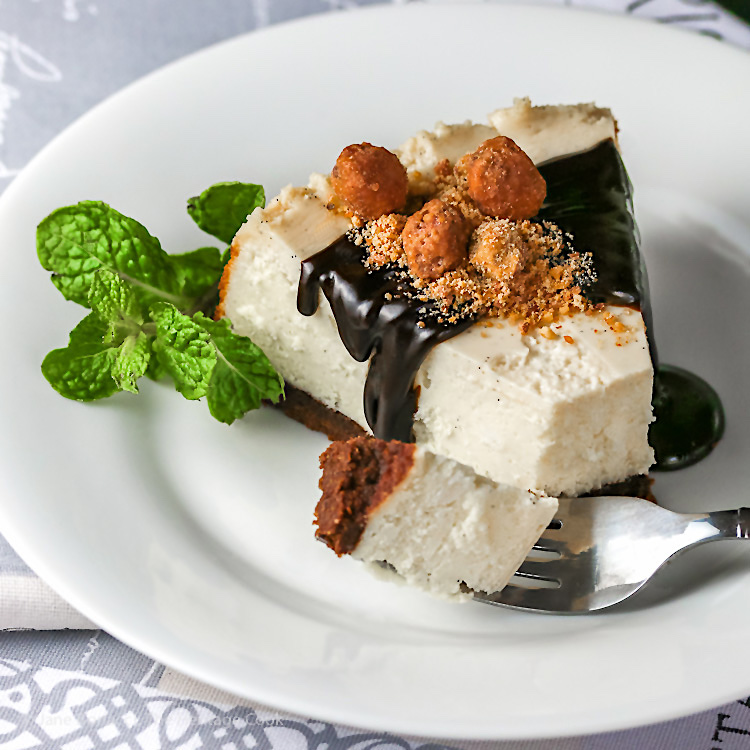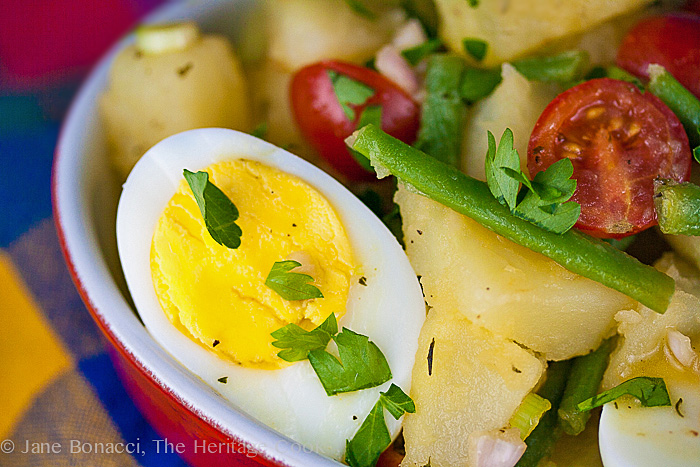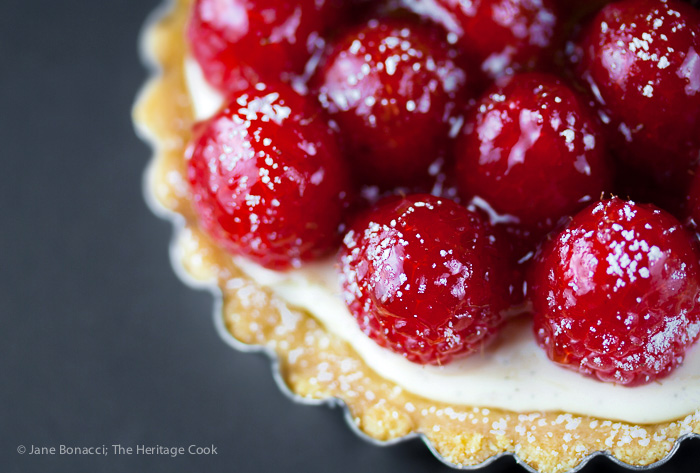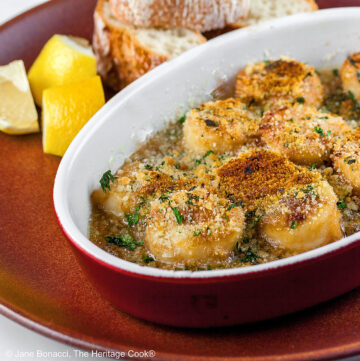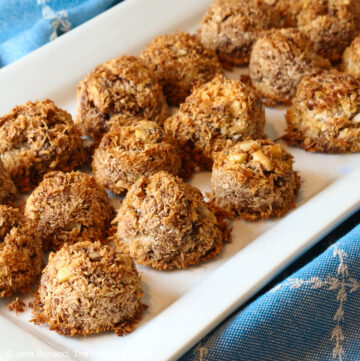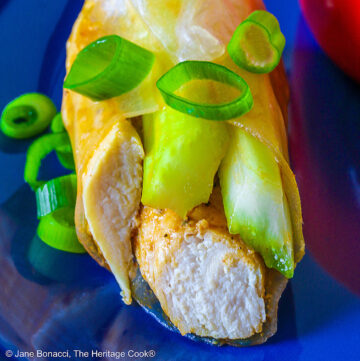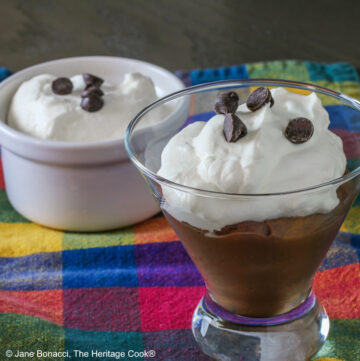Today I am sharing 10 Tips to Help You Live Gluten Free that I’ve learned along my path for the past eight years. Some of these took me ages to learn, others became second nature fairly quickly. I hope I can save you some of the heartache that comes with a diagnosis of celiac disease or gluten intolerance. Just know that while challenging at times, it is delicious and a healthier way to live for those of us who have to.
1 – You will get good at reading labels quickly. While wheat, barley, and rye are the primary sources of gluten, there are many other names where gluten can hide. Look for unusual names for gluten ingredients on product packaging. Here are some of the more common ones you can keep an eye out for and avoid: Durum, Einhorn, Farina, Kamut, Maida, Semolina, Spelt, Triticale, Barley Malt, Emmer, Farro, Fillers, Fu, Malt, Matzo, MSG, Prepared Sauces, Soba noodles, Surimi, Tabbouleh, Textured Vegetable Protein.
2 – Gluten hides in unusual places. In addition to flour, pasta, and bread, gluten can hide in some surprising ingredients – keep an eye on condiments, soy sauce, deli meats, ham, sausage, cereals, salad dressings, breaded foods, Asian sauces, crackers (including graham crackers), beer, blue cheese, spices, soups, etc. Always be cautious with new foods, read labels religiously, and soon you will have a list of foods you know you can safely serve to your family.
3 – Some kitchen items can harbor gluten. Wooden utensils and cutting boards, plastic bowls, spoons, and cutting boards can collect gluten particles in their tiny crevices. It is safest to donate your used pieces and buy new. It is a great excuse for a shopping spree!
4 – Keeping a gluten-free home. If you or a family member are celiac, it is best to keep an entirely gluten-free home. Flour and other gluten-full ingredients can become airborne and cause cross-contamination issues. If you are cleaning out your pantry, once you’ve removed all the gluten ingredients, start cleaning at the top of the kitchen and work your way down. And don’t forget to clean the refrigerator too!
5 – Increase your vitamins. Certain foods like bread and cereals are often enhanced with extra vitamins. With the loss of these sources of enrichments, coupled with your body’s inability to effectively absorb nutrients from the foods you eat, it is smart to have your doctor check your vitamin levels and increase supplements to support your body’s functions.
6 – How long until I feel better? This varies from person to person and depends on the amount of damage done to your system. Personally I noticed a dramatic improvement within two weeks – the brain fog I had suffered with for many years began to lift and my digestive functions became more normal. It took nearly a year to fully heal my intestines.
7 – Make your own gluten-free flour blend to save money. Commercial gluten-free products are costly and that adds up over time. If you are going to be baking often, you should consider making your own flour blend and keeping it on hand so you can bake whenever the mood strikes. It is easy to make and costs less than store-bought GF flour blends.
8 – Celiac is an autoimmune condition. Autoimmune diseases tend to occur in multiples, so if you continue to have issues after cutting out gluten, check with your doctor about other things that might be going on in conjunction with your primary diagnosis or other food sensitivities.
9 – Grocery shopping gets easier. When going grocery shopping, stay to the outsides of the store as that is typically where they sell the fresh foods. The first few trips will be trying and upsetting because you tend to see everything you cannot have. But soon you will know what to look for and how to shop a new way with confidence.
10 – Win with a positive attitude. Most importantly, try to keep a positive outlook. This is not as bad as it seems at first. The learning curve can be challenging but soon you will be comfortable with your new way of eating, will become used to carrying gluten-free snacks with you (just in case you need them), and will have discovered a selection of gluten-free meals everyone can eat and that your whole family will enjoy.
I hope these 10 Tips to Help You Live Gluten Free will be helpful for you and make your days a bit easier. If you have any other tips that would help others, I hope you will share them below!
Create a New Tradition Today!
Welcome! Unauthorized use, distribution, and/or duplication of proprietary material from The Heritage Cook without prior approval is prohibited. If you have any questions or would like permission, please contact me. The suggestions here are not intended as dietary advice or as a substitute for consulting a dietician, physician, or other medical professional. Please see the Disclaimers/Privacy Policy page for additional details. This page may contain affiliate links. Thanks for visiting The Heritage Cook!
